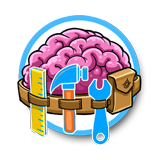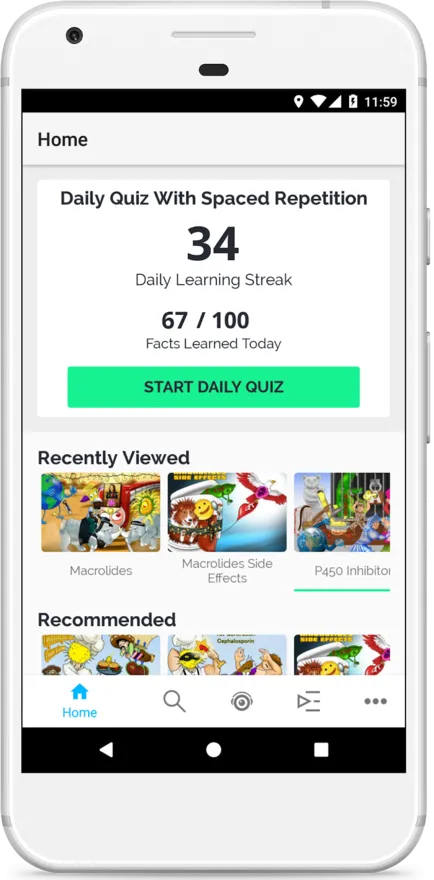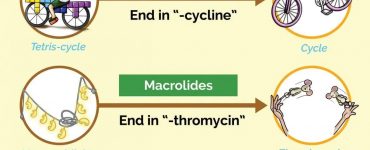The landscape of medical education is rapidly evolving. Today, technology and medical education are closely linked, with technological advancements reshaping how future physicians learn and practice. We surveyed a group of medical educators and students to get their insights into how technology is being used in healthcare today. Let’s dive into the digital toolbox that’s reshaping medical education according to our surveys.
Tools and Technologies to Enhance Medical Education

The modern medical student has a wealth of resources at their fingertips. These key digital learning tools and technologies are making complex medical concepts more accessible and engaging for students.
Artificial Intelligence (AI)
The use of AI in medical education is rapidly moving to the forefront. From personalized learning pathways to AI-powered diagnostic simulations, these technologies are not just changing how students learn; they’re also changing how they apply their knowledge. As highlighted in research on the impact of simulation-based training in medical education, virtual patients and simulations driven by AI allow for realistic and risk-free practice of clinical skills. As a result, AI is not just a trend but a fundamental shift towards more effective and personalized medical training.
Interactive Learning Platforms
We found in our student surveys that interactive learning platforms, such as Picmonic, were ranked as the most impactful technological learning tool. These platforms, which often combine digital libraries, video lectures, flashcards and mnemonic devices, facilitate the comprehension of complex medical concepts through a multifaceted approach. By utilizing visual, auditory, and active recall methods, these resources provide a structured yet interactive learning experience. This combination has been shown to significantly enhance the ability to grasp and retain critical medical knowledge, and also provides a strong base for remote learning in medical education.
Ready to experience the power of visual learning? Try Picmonic for Medicine today and transform your study sessions.
Remote Learning Software
Remote learning has significantly impacted technology and medical education, particularly by expanding access to training and continuing education. Online platforms, virtual simulations, and live-streamed lectures allow students and professionals to learn from anywhere, breaking down geographical barriers. This flexibility is crucial for keeping up with rapidly evolving medical practices. While in-person clinical experiences remain essential, remote learning offers a valuable supplement, providing a scalable and adaptable approach to medical education.
Digital Libraries and Databases
Digital libraries and databases have become indispensable tools in modern medical education, significantly impacting how students and professionals access and utilize information. They allow for quick referencing and evidence-based learning, providing instant access to up-to-date medical research, case studies, and clinical guidelines.

Mobile Apps
Mobile apps can offer on-demand access to critical information and learning tools, and are a great example of using technology to meet the challenges of medical education. They provide flexibility, quick reference guides and interactive learning modules, allowing students to learn anytime, anywhere. Mobile apps are becoming essential tools for enhancing knowledge retention and practical application in the medical field.
Benefits of Digital Learning Tools in Medical Education
Now that we’ve explored the diverse technologies present in medical education, let’s delve into some of the benefits these digital learning tools offer for students.
Visual Aids Make Complex Ideas Easier to Recall
Visual learning tools have proven to be valuable for learning, significantly aiding in the retention of important details for medical school and the USMLE. This aligns with the Dual Coding Theory, which posits that information is better remembered when processed both visually and verbally. Students from our survey found that incorporating visual representations for mnemonics notably reinforced learning by associating information with images, and as a result, contributed substantially to improved memory retention.
Enhanced Engagement and Knowledge Retention through Gamification

Interactive learning platforms in the medical space like Picmonic offer a level of learning that most have never experienced before. The retention and memorizability of their content is a great complement to the traditional delivery of education in the classroom. They inspire students to integrate more innovative technologies and techniques to gamify learning and enhance knowledge retention. Research also confirms that gamification can effectively improve student attitudes towards learning complex subjects, as these platforms promote a more engaging and enjoyable learning experience.
Facilitate Flexible and On-the-Go Learning
Digital tools enable flexible learning, accessible anytime and anywhere. This style of remote learning makes it easier for students to attend lectures and collaborate with professionals worldwide no matter where they are.
Challenges to Adapting to New Technologies
While the potential of digital learning tools in medical education is vast, the transition to these technologies is not without its challenges.
AI Inaccuracy
A significant challenge in adapting to new technologies, particularly AI, in medical education centers around AI inaccuracy. Instances where AI-generated medical information proved unreliable can lead to hesitancy in adopting emerging AI tools like ChatGPT. This skepticism reflects a broader issue: the need to establish trust in the validity of new technologies before they can be effectively integrated into practical medical education.
Over-Reliance on Digital Tools
Relying too much on digital resources can potentially reduce hands-on practical experience. While digital resources offer convenience and accessibility, they should complement, not replace, practical experience.
Blending Study Resources
For some, it can also be difficult to balance traditional textbook study with online platforms. Combining the two methods requires a learning curve for some, and can be time-consuming and difficult to maximize efficiency when studying. As a result, finding the optimal balance between traditional and digital study methods is essential.
The future of medical education lies in a hybrid model that seamlessly blends traditional and digital methods. By strategically integrating these resources, students and educators can create dynamic learning environments that foster critical thinking, practical skills, and lifelong learning.













